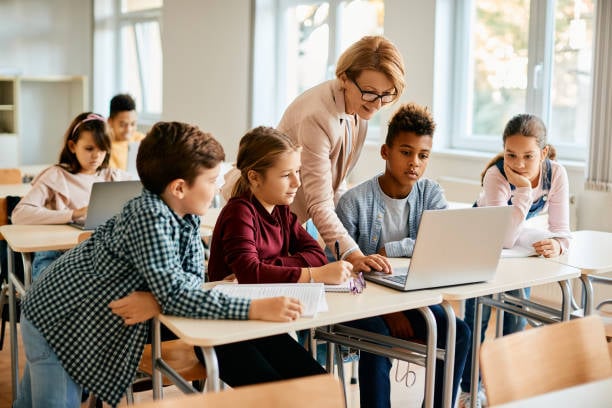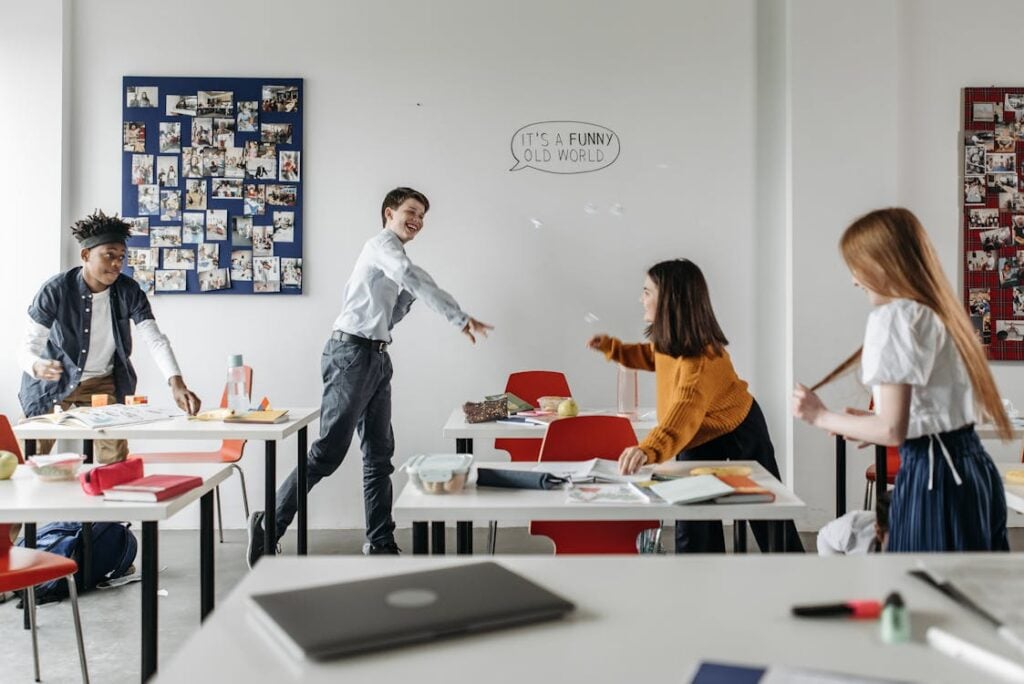In an age of constant change, the way children learn matters more than ever. Parents and educators want students to gain the tools they’ll need to thrive in a technology-driven future. But which approach serves them best: encouraging critical thinking or relying on memorization? While both have value, research and classroom experience suggest that teaching students to think deeply gives them an edge far beyond school walls.
Why Critical Thinking Matters Most

Critical thinking is the ability to analyze information, weigh evidence, and form sound judgments. It empowers students to go beyond surface knowledge and make sense of complex problems.
Today’s learners grow up surrounded by data — news feeds, videos, social media, and AI-generated content. Without strong reasoning skills, they may accept ideas without question or miss important nuances. By learning how to evaluate sources, compare viewpoints, and draw logical conclusions, children become active participants in their own learning.
Critical thinking also nurtures creativity and innovation. When students experiment with new approaches, connect different subjects, or ask “why,” they develop confidence in tackling challenges. This mindset helps them adapt to evolving workplaces where problem-solving and communication are prized over rote answers.
The Role of Memorization in Learning

Memorization still has its place. Foundational knowledge — multiplication tables, spelling patterns, historical dates — gives students quick access to facts they’ll use often. Recalling core information frees up mental energy for higher-order tasks such as writing essays or designing science experiments.
The key is balance. Memorization should support understanding, not replace it. When facts are taught alongside context and application, children see how knowledge fits together. For example, memorizing keyboard shortcuts is helpful, but understanding how they improve efficiency encourages students to explore more productive digital habits.
Educators can create this balance by pairing short-term recall activities with exercises that encourage reasoning. Debates, project-based learning, and open-ended questions invite students to explain why an answer works, rather than only what it is.
Preparing Students for Tomorrow

The future workforce will demand flexibility, collaboration, and digital savvy. Employers value employees who can sift through information, spot patterns, and present solutions clearly. Critical thinking lays the groundwork for these abilities, while memorization keeps key tools at students’ fingertips.
Classrooms and homeschool environments can nurture both by:
- Using technology to simulate real-world challenges.
- Encouraging students to research, discuss, and defend their viewpoints.
- Integrating keyboarding and other tech fluency skills, ensuring students can communicate ideas efficiently.
- Providing opportunities for reflection, so children understand how they arrived at answers.
When instruction supports both “learning the facts” and “thinking about the facts,” students build a durable skill set that grows with them.
Help Students Think and Type with Confidence
Equip young learners with tools for success in school and beyond. Typesy’s engaging curriculum combines typing mastery with lessons that develop reasoning, organization, and creativity. Whether you teach in a classroom or at home, Typesy can make your instruction more impactful.
